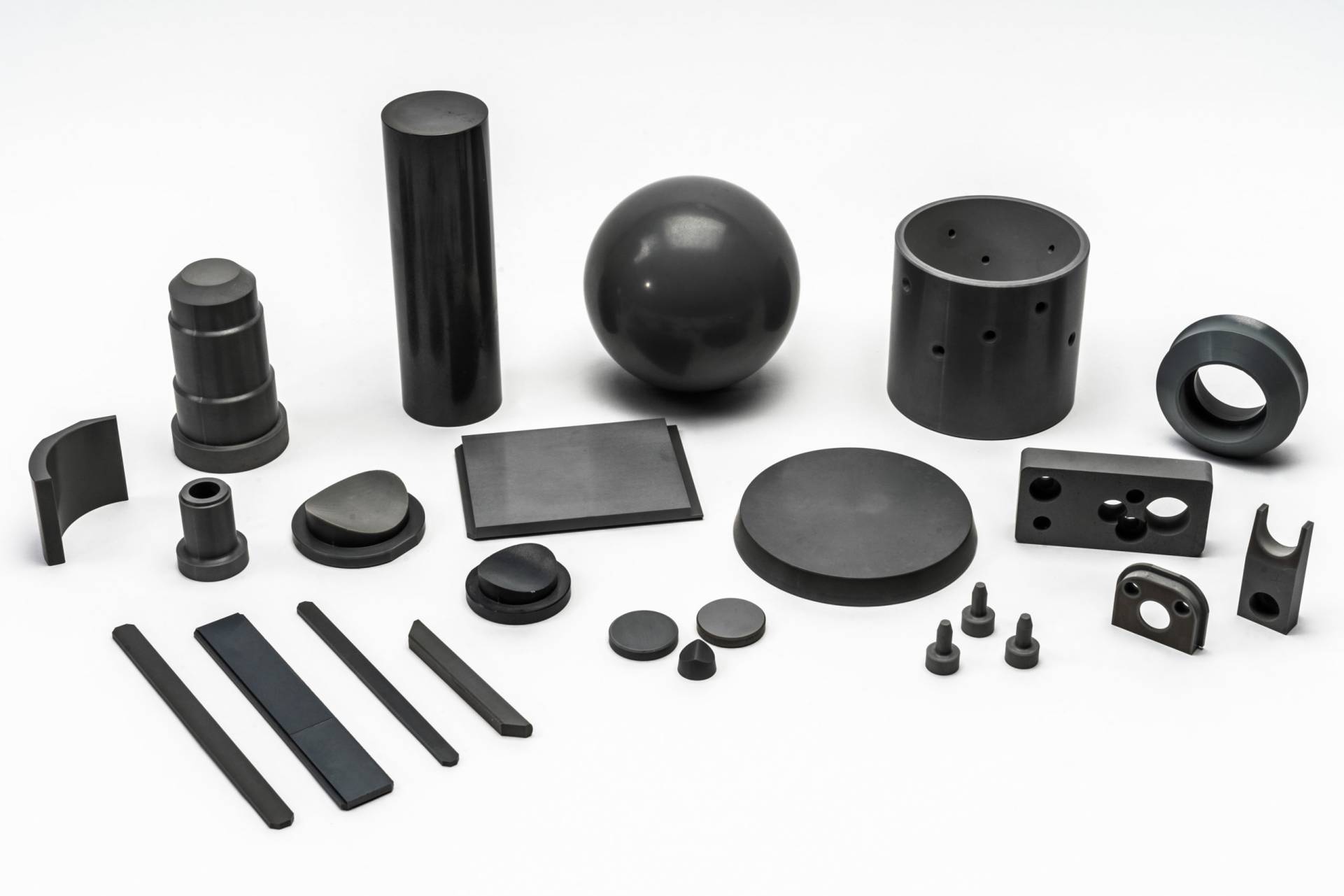SYALON 101
Syalon 101 is an advanced silicon nitride (Si₃N₄) ceramic offering outstanding mechanical strength, thermal shock resistance and corrosion resistant properties.
Syalon 101, a silicon nitride based advanced ceramic, is the first of the Si–Al–O–N family of engineering ceramic materials which has been developed, characterised and is now being manufactured under carefully controlled conditions, ensuring a high quality material is consistently produced.
Syalon 101 is a β-sialon type ceramic and is an outstanding engineering grade material which is characterised by high strength, toughness and hardness, and chemical and thermal stability. It has found use in applications demanding wear, corrosion and thermal shock resistance, where temperatures do not continuously exceed 1000°C, such as industrial wear, chemical and process, oil and gas, non-ferrous molten metal handling, and metal forming.
The tables below list typical thermomechanical and electrical property, and corrosion resistance data for Syalon 101.
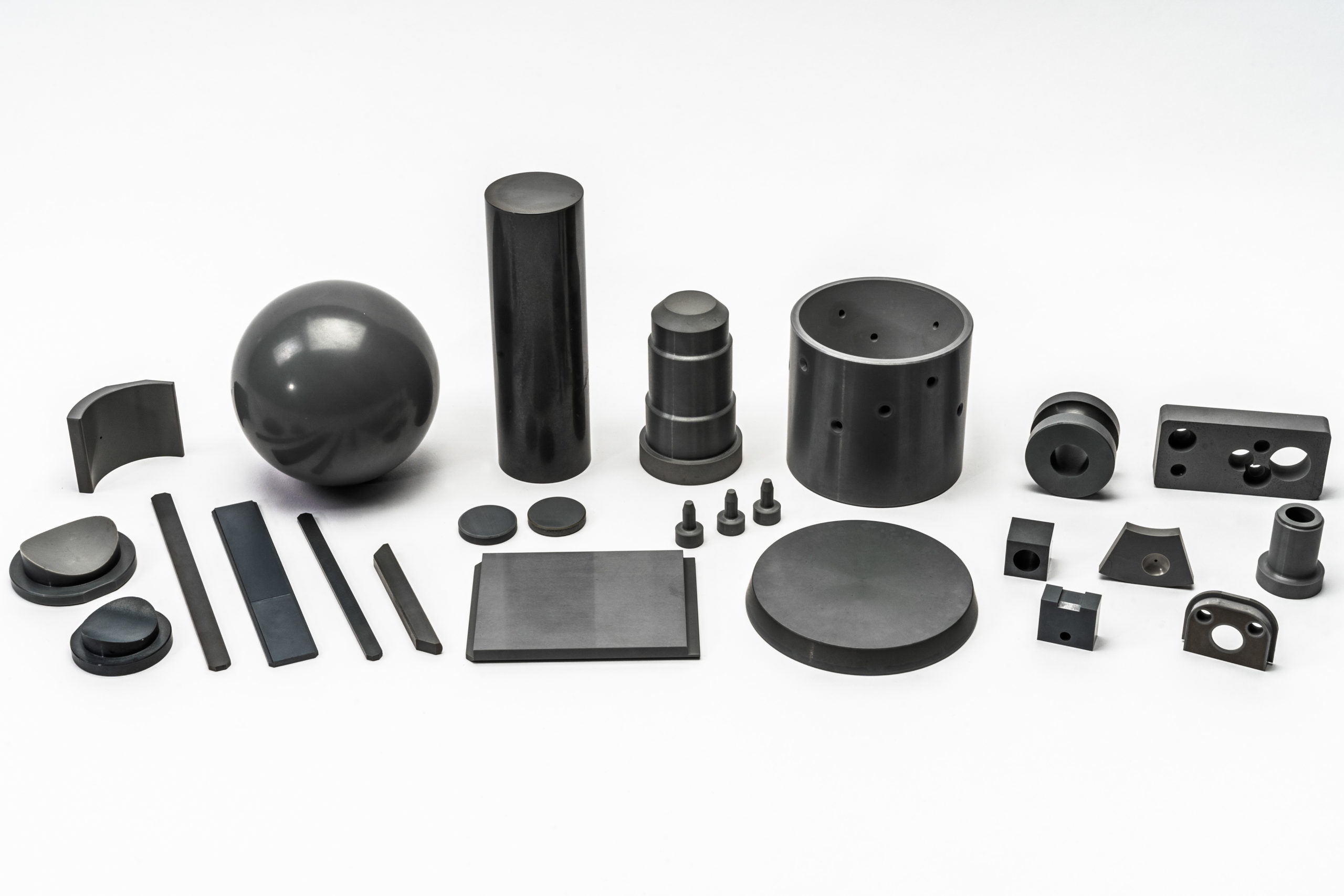
Syalon 101 - Physical Property Data
Syalon 101 - Corrosion Behaviour in Acids and Alkalis
Syalon 101 - Corrosion Behaviour in Molten Metals
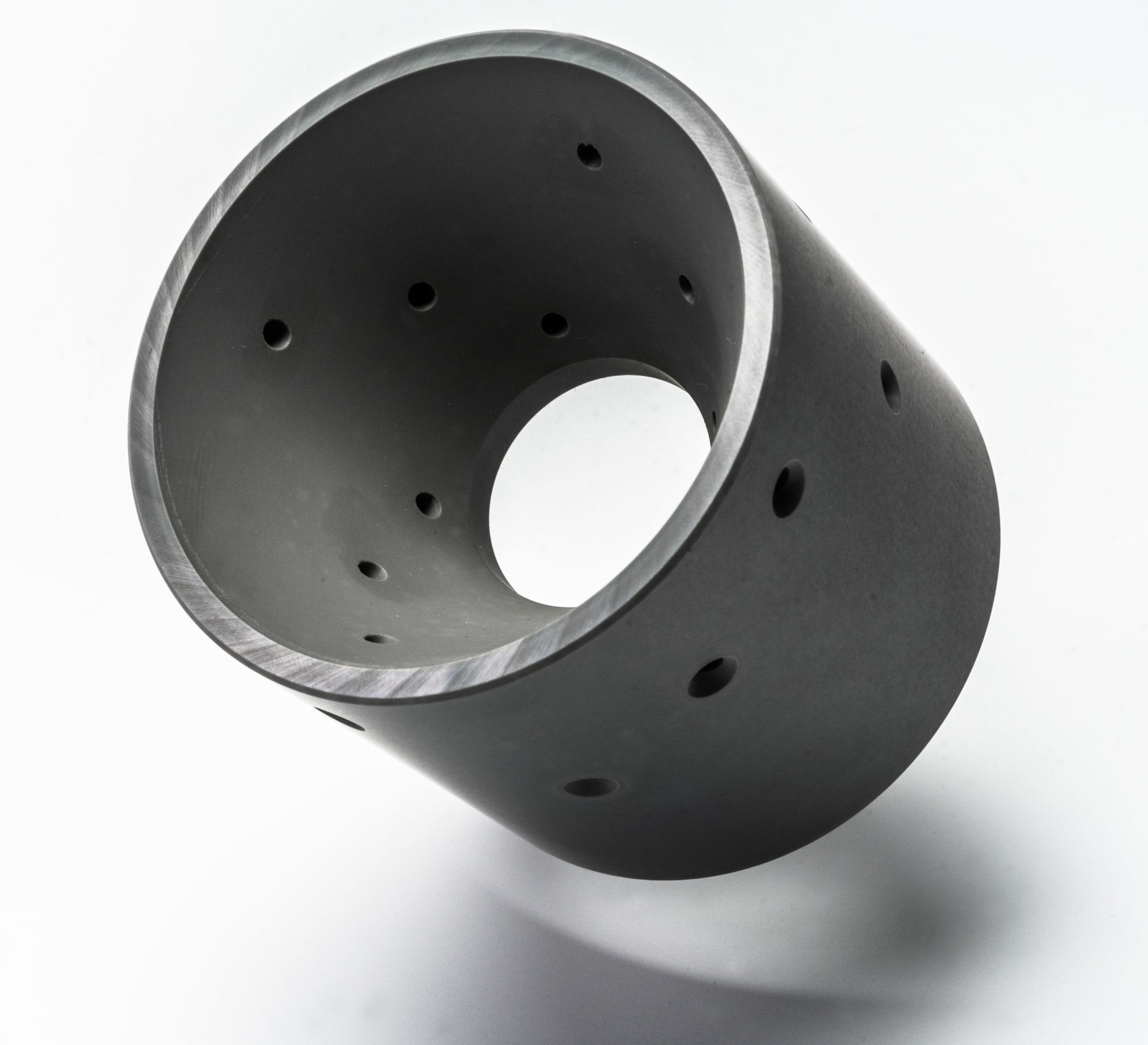
The successful integration of advanced technical ceramics into engineering systems requires close collaboration between you, the end-user, and ourselves, the material manufacturer. Please call +44(0)191 2951010 or email for an initial consultation with our technical sales team, or send us a Request for Quote.
In addition, see our resources section for guides on designing with ceramics and more property data comparing Syalon 101 with other engineering ceramics.
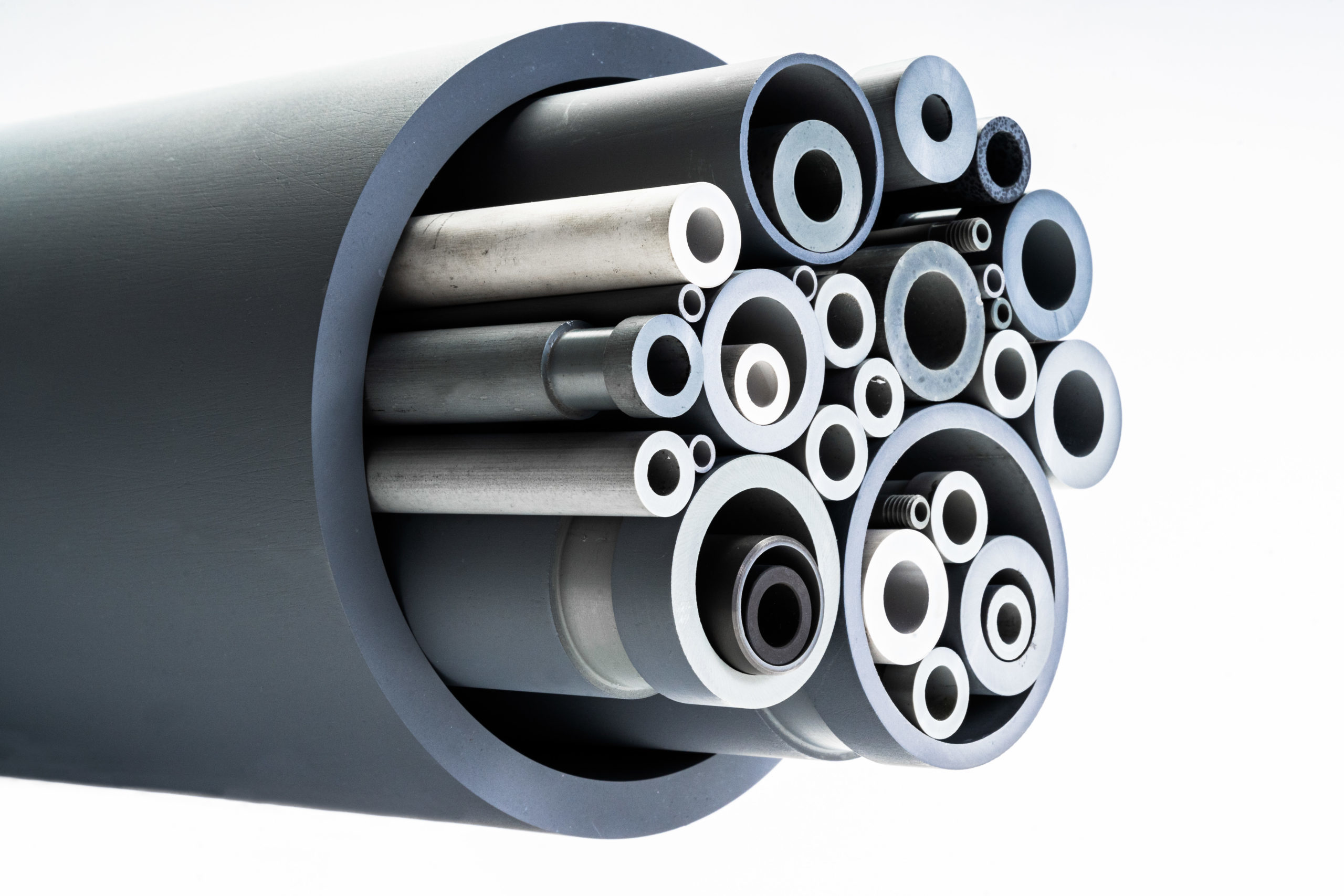
International Syalons manufacture a range of silicon nitride and sialon advanced ceramic thermocouple protection sheaths for use in the aluminium and molten metal handling industries.
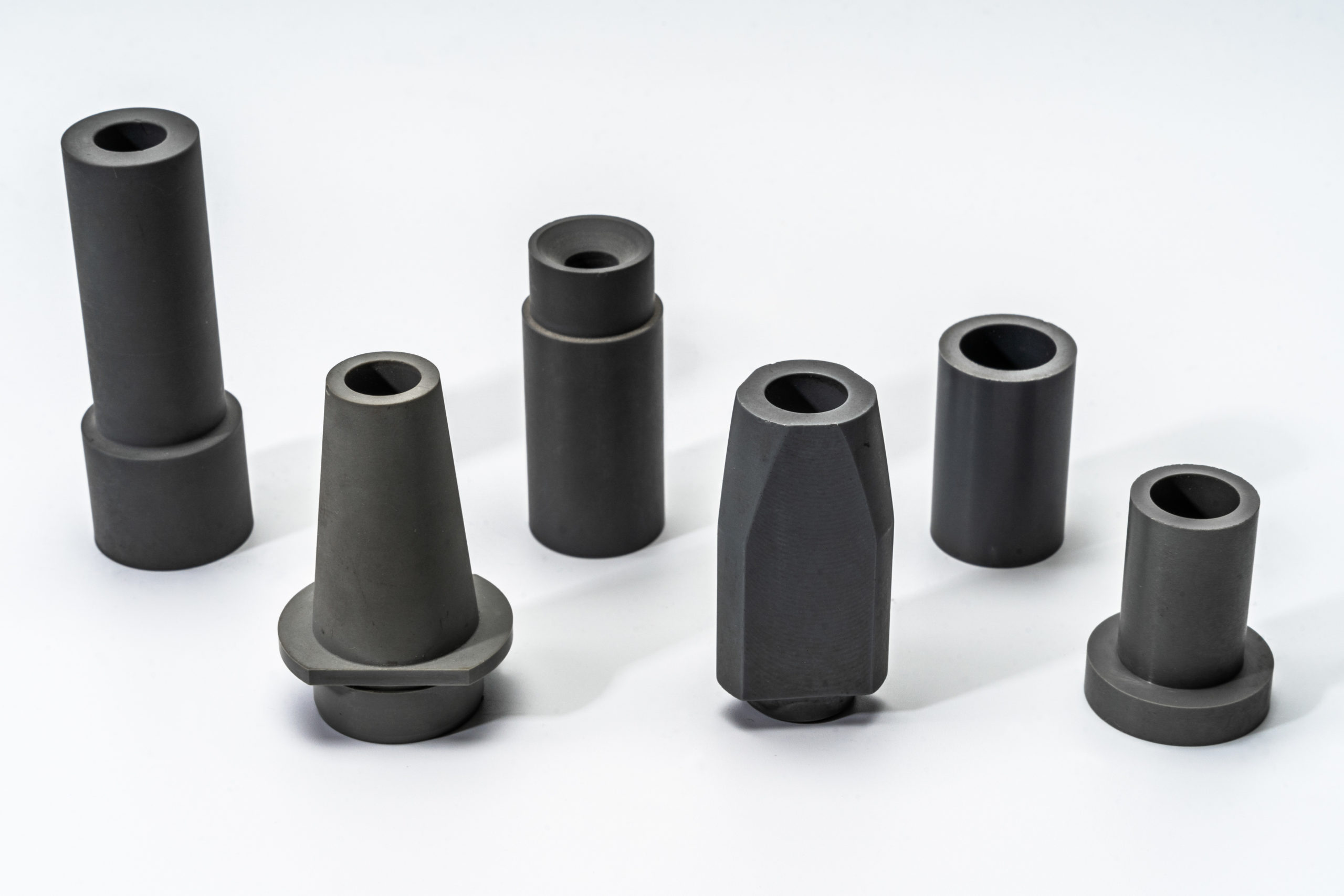
Syalon is the preferred choice when looking to improve nozzle wear resistance, outperforming many competitive materials such as alumina and tungsten carbide.
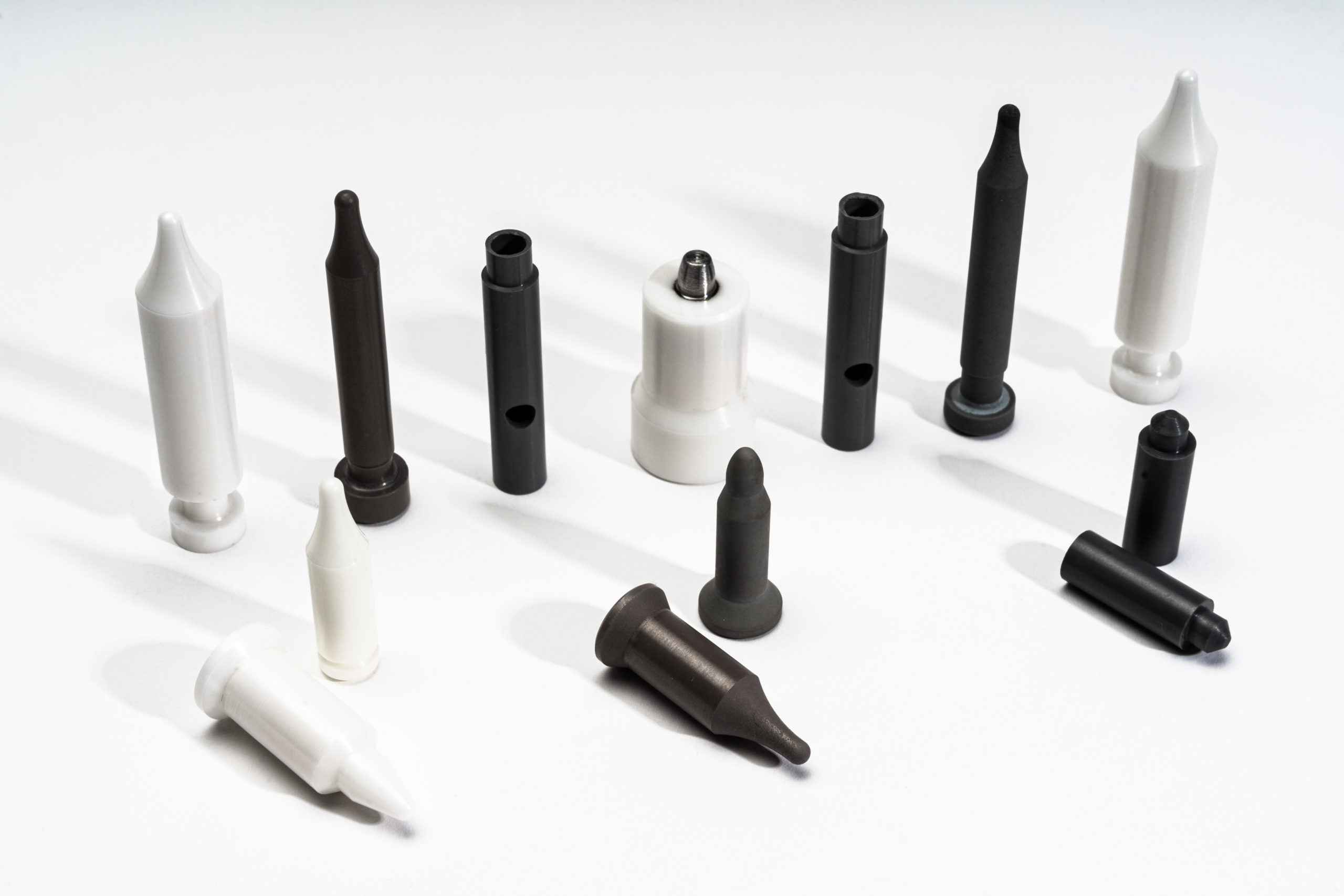
International Syalons manufacture a range of standard and bespoke silicon nitride and zirconia ceramic weld location and control pins, which are used for precise captive nut welding.
